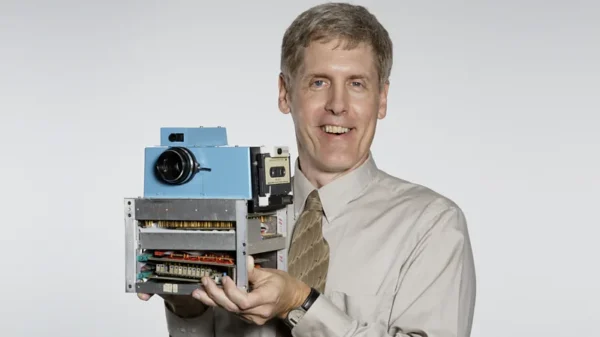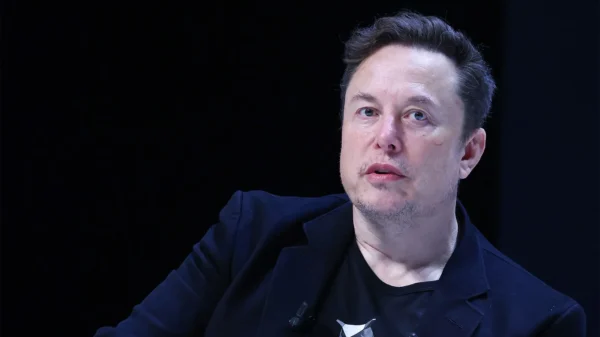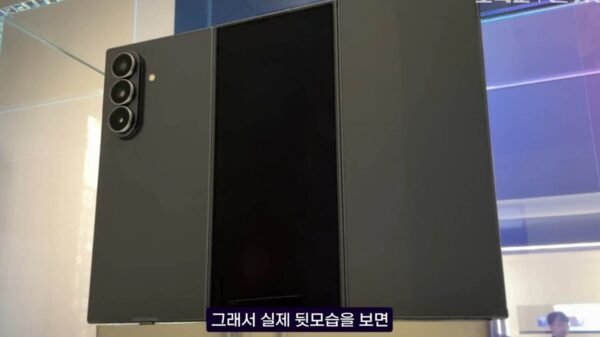A Quantum Leap: How Oxford Scientists Just Teleported a Quantum Algorithm
Quantum computing has taken a groundbreaking step forward. Researchers at the University of Oxford have achieved what was once thought impossible—wireless quantum algorithm transmission between two quantum processors. This revolutionary milestone paves the way for scalable quantum computing and the eventual development of a quantum internet.

This image shows the experimental setup used to teleport the state of a spin between two distant diamonds. The diamonds are hosted in two low-temperature microscopes, that can be seen on the far corners of the table.
One of the biggest challenges in quantum computing is scalability. Current quantum systems require extreme conditions, such as cryogenic temperatures, to function properly. As the number of qubits increases, maintaining stability becomes increasingly difficult. This complexity has been a significant obstacle to building large-scale quantum computers.
However, a research team at Oxford, led by Dougal Main, has developed a way to bypass these limitations using quantum teleportation. This process enables instantaneous information transfer between quantum processors through quantum entanglement. Instead of relying on a massive, centralized processor that can be prone to errors, this innovation could allow smaller processors to work seamlessly together.
“We’ve essentially laid the foundation for quantum processors to communicate wirelessly,” said Main. “This could completely change how quantum computers are built and interconnected.”
The breakthrough hinges on quantum entanglement, a phenomenon where two particles share the same quantum state regardless of distance. The Oxford researchers successfully entangled photons between two quantum processors that were placed two meters apart. Through this connection, they transmitted a quantum algorithm with an 86% fidelity rate, meaning the transfer was highly accurate.
While quantum teleportation has been explored before, this marks the first instance where it has been used to enable logical operations between separate quantum processors. This step is crucial for practical quantum computing, as it allows for distributed quantum processing without direct physical connections.
This achievement has far-reaching implications. If refined, it could eliminate the need for physically massive quantum machines. Instead, networks of smaller quantum processors could perform calculations while remaining linked via teleportation, making quantum computing truly scalable.
One of the most exciting prospects of this development is the potential for a quantum internet. Such a system would connect quantum computers across the world using entangled states, resulting in unprecedented computational speeds. To put things into perspective, Google’s recent advancements in quantum computing, such as the Willow quantum chip, have demonstrated immense processing power. Google’s chip completed a calculation in just five minutes that would take a traditional supercomputer up to 10 quadrillion years. With teleportation now enabling scalable networks, the potential applications are limitless.
While this is a major step forward, there is still work to be done. Researchers need to further improve the efficiency, reliability, and distance of quantum information transfer before teleportation-based quantum computing becomes widely practical. However, this milestone demonstrates that quantum technology is moving beyond theory and into real-world applications.
Oxford’s latest breakthrough is a significant step toward a future in which quantum computing is both functional and scalable. The dream of interconnected quantum processors and ultra-secure global communication networks is closer than ever. The quantum revolution is happening, and this achievement is proof that the next era of computation is on the horizon.













































